It is believed that the yoga breathing technique Shitali Pranayama, also known as Sheetali Pranayama, has a calming and cooling influence on the body and mind. During this procedure, air is introduced via the oral cavity and subsequently expelled via the nasal passages. There are purported benefits associated with this technique, which encompass tension and anxiety reduction, body cooling, digestion enhancement, and blood pressure regulation.
What is Shitali Pranayama?
SHITALI PRANAYAM is a yoga technique with its roots in India. “Shitali” is derived from the Sanskrit word “Shital,” which signifies “cooling” or “calming.” It is believed that yogis have utilized this breathing technique for millennia in order to balance the body’s energy channels, calm the mind, and chill the body.
Traditional to Hatha Yoga, a branch of yoga that emphasizes physical and mental purification via meditation, breathing exercises, and postures, Shitali Pranayama is an additional practice. Historical foundations of Hatha Yoga include the Hatha Yoga Pradipika, a 15th-century text.
Shitali Pranayama is regarded as a straightforward yet effective method that can assist in calming the body and mind and promoting a sense of equilibrium. Shitali Pranayama is believed to have spiritual benefits as well as physical and mental advantages; it facilitates practitioners’ connection with their inner selves and enhances their experience of serenity and tranquility.
Also Read: Ardha Matsyendrasana Pose and Its Benefits
What are the Advantages of Shitali Pranayama:
Among the numerous advantages of Shitali Pranayama are the following:
- Body Cooling: An important advantage of Shitali Pranayama is its capacity to induce a cooling effect on the body. Consequently, individuals who are enduring hot summer days, fever, inflammation, or heat flashes should consider following this practice.
- Shitali Pranayama is a soothing practice that can assist in the reduction of tension, stress, and anxiety. Intentional, slow breathing patterns have the potential to induce inner calm and mental tranquility.
- This practice can assist in the improvement of digestion through the stimulation of the digestive system and the reduction of inflammation in the intestines. Additionally, it may alleviate digestive discomfort, including flatulence, bloating, and constipation.
- Shitali Pranayama can assist in bolstering the immune system through an increase in the generation of white blood cells, which are essential for combating pathogens and diseases.
- The ability of Shitali Pranayama to decrease body temperature renders it a highly suitable practice for individuals afflicted with heat-related ailments or conditions, including hypertension.
- This practice can assist in the cleansing of the respiratory system through the elimination of toxins and pollutants that accumulate in the airways and nasal passages. Additionally, it may alleviate the symptoms of respiratory ailments like allergies and asthma.
- Shitali Pranayama can assist in enhancing concentration and focus by encouraging mental tranquility and preventing distractions.
Steps Of Shitali Pranayam:
- Maintain a straight back while seated in a comfortable cross-legged position, with your palms on your knees.
- Form a tube with your tongue by extending the tip outside of your mouth.
- By means of a thorough oral inhalation, draw the air in over the tongue and into the lungs.
- While holding your mouth closed, slowly exhale through both nostrils.
- Perform 5 to 10 repetitions.
Also Read: Learn About The Extended Puppy Pose And Its Benefits
Who Should Not Do Shitali Pranayama?
- Blood pressure is a potential consequence of this practice; therefore, individuals with hypotension should refrain from engaging in it. It is best to avoid engaging in Shitali Pranayama if you have a respiratory infection or illness, as it has the potential to exacerbate symptoms and progress the condition.
- If you have a cold sensitivity, you may discover that performing Shitali Pranayama causes you to feel uncomfortably cold.
- Individuals with chronic respiratory conditions, including bronchitis or emphysema, ought to seek medical advice prior to engaging in Shitali Pranayama.
- Shitali Pranayama should be avoided during pregnancy, as it may induce fluctuations in body temperature and blood pressure.
- Individuals with dental concerns or sensitive teeth may experience discomfort or pain during Shitali Pranayama.
- Shitali Pranayama may stimulate the thyroid gland and exacerbate symptoms in individuals with overactive thyroid.
Conclusion
As a straightforward and efficacious breathing method within the realm of yoga, Shitali Pranayama bestows numerous advantages upon both the mind and body. This practice can be an effective supplement to your yoga regimen, whether your goal is to alleviate tension and anxiety, regulate your blood pressure, boost digestion, or achieve a cooler state of mind during hot days. You can benefit from Shitali Pranayama through consistent practice and the supervision of a certified yoga instructor at India Yoga School.


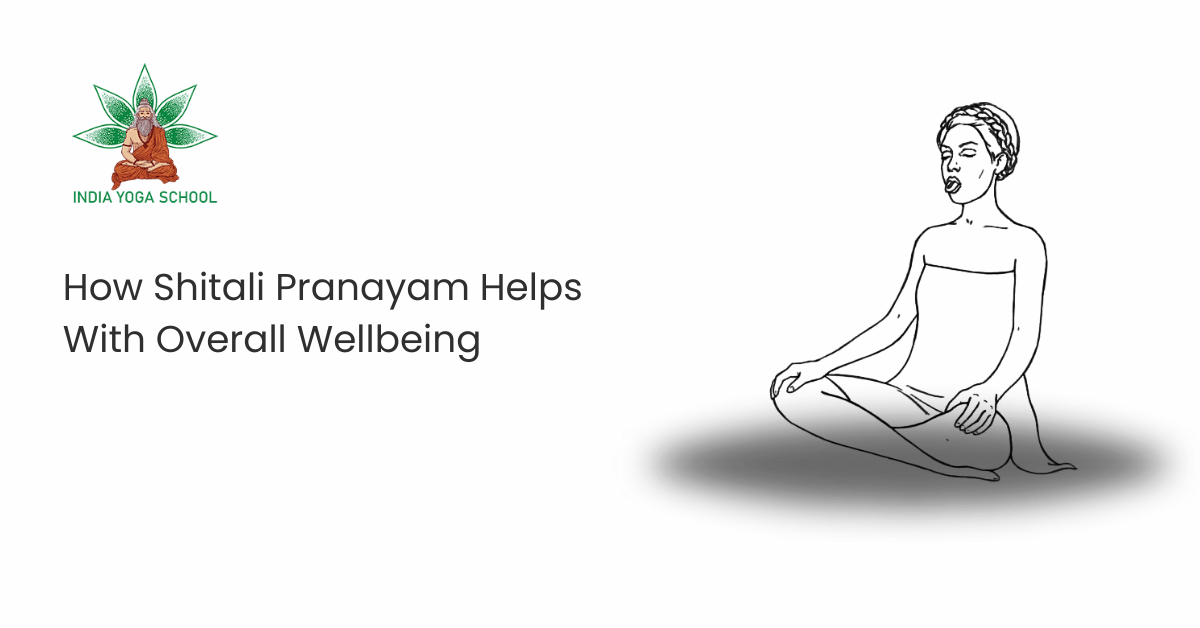
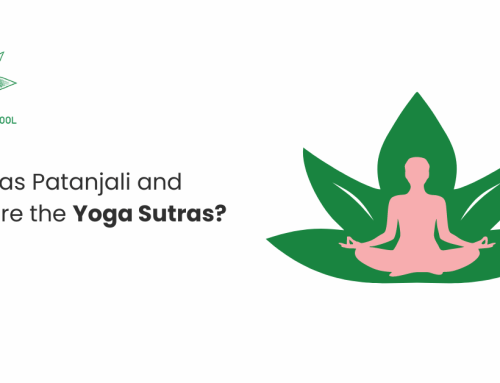
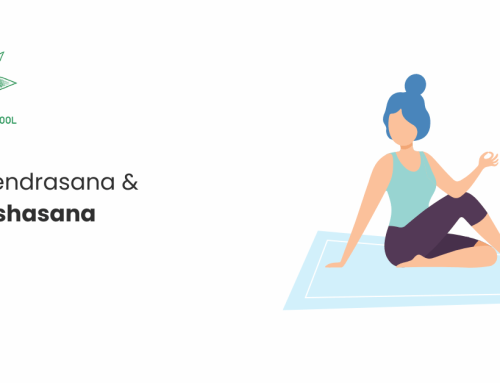
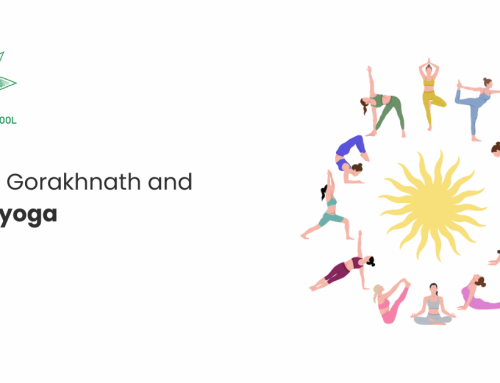
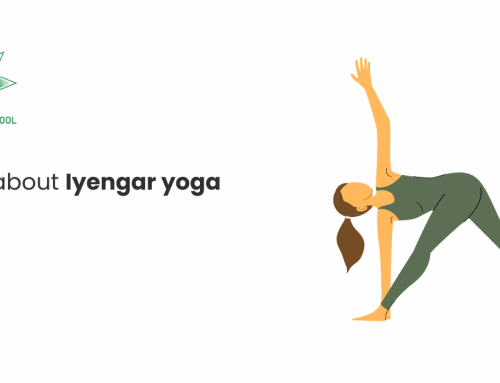
Leave A Comment